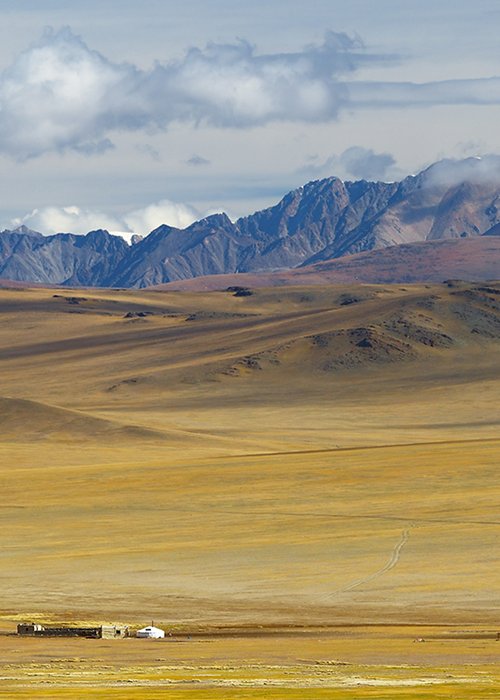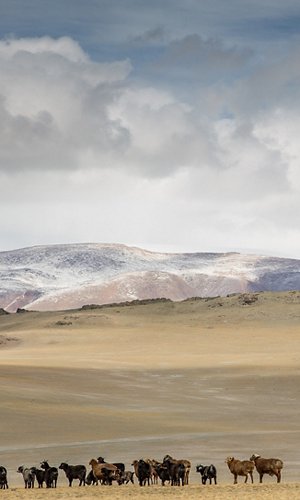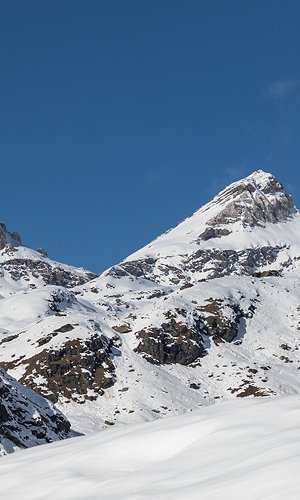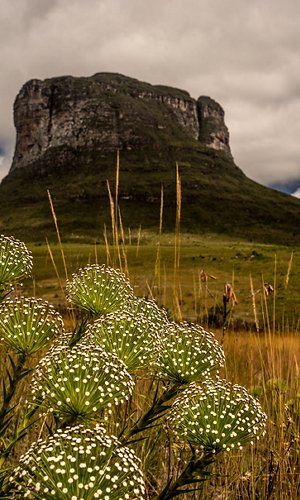We are in Central-Eastern Europe and Central Asia, where the climate is characterized by hot and dry summers and cold rainy winters. The characteristic of these areas are the steppes, formed by extensive grasslands, few trees and a prevalently grassy vegetation. Among the fauna it is possible to find herbivorous animals, marmots, hamsters, foxes, wolves, weasels, amphibians and insects.






